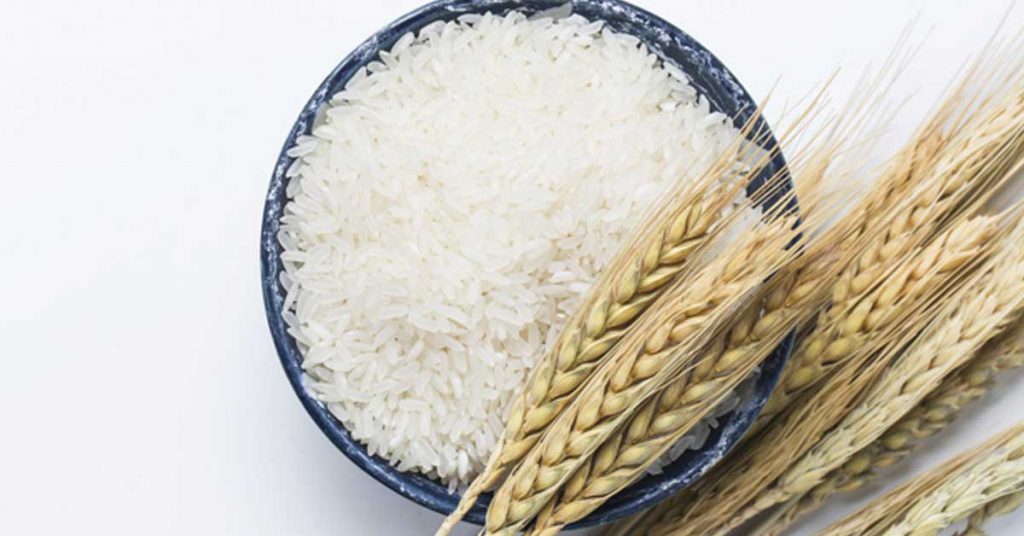Rice is a staple food in many countries, especially in Asia and parts of Middle East. This whole grain is never out of the picture in the everyday meals and eating without it can be unsatisfactory for many. Rice is heavy and can make a person feel full with just a single serving. However, this staple food is now being studied further especially in relation to diabetes.
One of the world’s deadliest illnesses today is diabetes, and it can affect any race, gender and even age. This disease have no known cure and can only be controlled through medical and food maintenance. Some people go about their days, undiagnosed and unaware that they already have diabetes. It is especially alarming since the number of diabetes cases and death tolls increase day by day.
People are aware that eating foods that contain too much sugar or can produce too much sugar can lead to or trigger diabetes. Sodas and other beverages are also linked to diabetes. And for the past few years, rice, particularly white rice, have caught the attention of diabetes researchers.
According to healthland.time.com, a study made by Harvard researchers shows significant increase in chances of acquiring diabetes with the consumption of white rice. The study focused on the white rice diet with 352,384 participants coming from China, U.S., Australia and Japan. The study results suggest that chances of having Type 2 diabetes increase by 10% with diets including white rice. There are some debates over this, however, since white rice has always been part of Asian meals and diabetes is risk is low on Asian countries.
What Makes White Rice Unhealthy?
Rice is a whole grain and is supposedly healthier compared to other grains. However, white rice is rich in carbohydrates which increases the risks of diabetes. When carbohydrates is absorbed by the body, it turns into sugar and the sugar is absorbed in the blood. The sugar produced by white rice is absorbed quicker compared to other foods.
As the sugar level in blood increases, the pancreas labors in producing insulin. Insulin is the body’s defense and balancer for the sugar level in our blood. If the insulin produced by the pancreas can no longer contain the sugar level in the blood, the body absorbs the extra sugar and damage the kidneys. The damage and failure of the kidneys lead from one disastrous thing to another. This is the whole process and usual case of diabetes.
What can You Do to Decrease the Risk of Diabetes?
Genetic or not, diabetes risk can decrease with the right diet coupled with exercise and healthy living. Eating white rice is fine as long as the consumption is moderate. Replacing sweets with whole and natural foods can also keep the body healthy and strong against diabetes and other diseases. What you drink must also be checked, too, since there are some “health” drinks that contain too much sugar and/or other risky ingredients. If you suspect you have diabetes or you want to know if you are at risk, get professional advice from your physician.

